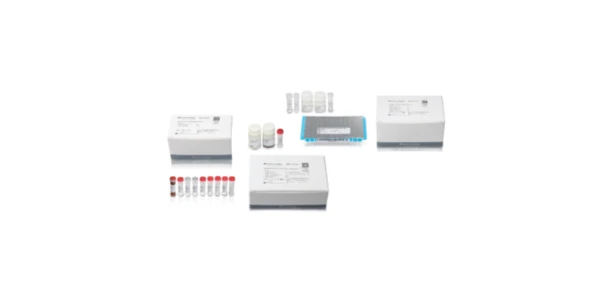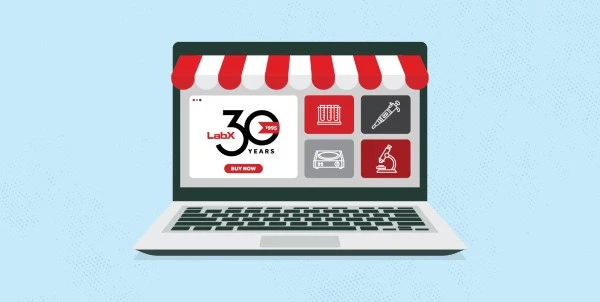Electrophoresis Buying Guide
Choosing the right electrophoresis instruments and consumables for your applications
Electrophoresis is a technique that has become indispensable in life science labs. As such there are many types of devices that vary according to scale and application. This guide focuses on questions to ask when evaluating the right electrophoresis devices and components for your needs.
What type of electrophoresis is right for your application?
There are a number of different types of electrophoresis that are commonly used, and each type is better for certain applications:
- Agarose gel electrophoresis techniques are optimal for separations of large molecules such as nucleic acids. Applications include DNA and RNA fragment size analysis.
- Polyacrylamide gel electrophoresis (PAGE) has smaller, more uniform pores allowing for separation of small polymers and proteins. Applications including size and charge analysis of native or denatured proteins.
- Capillary gel electrophoresis (CGE) is performed using micrometer or nanometer diameter sized glass capillaries. CGE is used for fast separations of nucleic acids and proteins including DNA sequencing and protein profiling.
- Capillary zone electrophoresis (CZE) performs solutions-based separations and can be coupled with additional techniques such as capillary isoelectric focusing (cIEF). Applications include protein charge variant and purity analysis.
What resolution is required for your application?
Different sizes of nucleic acids and proteins will directly affect the type of gel and the instrument specifications that are ideal for the process:
- Agarose gel electrophoresis is most frequently used for large nucleic acid sequences, ranging from 50bp to 20,000bp
- Polyacrylamide gel electrophoresis (PAGE) is generally used for proteins (200 Da to 200 kDA) or smaller nucleic acid (5bp to 500bp) sequences
- Capillary gel electrophoresis is best suited for fast, multiplexed separations of nucleotide sequences and proteins using small sample volumes. The technique can be scaled down for compatibility with microfluidics.
What sample throughput is desired?
The sample throughput requirements of the laboratory can have an impact on the type of system required.
- For laboratories that are running few nucleic acid or protein samples, there are a variety of single or dual tank systems designed for mini gels.
- For laboratories running a larger number of samples, there are larger-scale agarose gels to run up to 80 samples and midi gels offering the ability to run up to 12 full sized protein gels simultaneously.
- Capillary electrophoresis systems can vary sample type, volume, and throughput for a given application. DNA and RNA fragment analysis can involve a lower number of samples (<96). DNA sequencing may involve large scale, high throughput sample analysis (>96 using multiple microplates).
What reagents and other consumables are needed for electrophoresis operations?
There are a number of reagents and needed to properly run your electrophoresis and analyze your results, including:
- Molecular weight ladders used to determine masses of proteins and nucleic acids
- Stains used to visualize protein or nucleic acid bands on gels. These include ethidium bromide and related markers for agarose gels, and Coomassie blue and a range of alternative staining reagents used for protein gel visualization.
- Running buffers are needed specific to type and application of electrophoresis separations.
- Polymerization reagents including acrylamide, reducing agents, and polymerization catalyst are required for PAGE.
- Agarose in powder form is used to set up agarose separations
- Electrolyte solutions are necessary for isoelectric focusing and capillary electrophoresis applications
- Precast gels or capillary tube packs and cassettes are available for PAGE and CGE applications.
What additional hardware is required for your electrophoresis application?
Electrophoresis equipment is sold as a package that includes the required instrument(s), consumables and supplies, and data analysis software if necessary. These components are also offered as stand-alone products.
Additional hardware to consider includes:
- Electrophoresis power supply specific to the application
- Gel knife and handling supplies
- Gel staining, gel imaging, and gel drying devices
- Additional gel tanks for multiple applications










